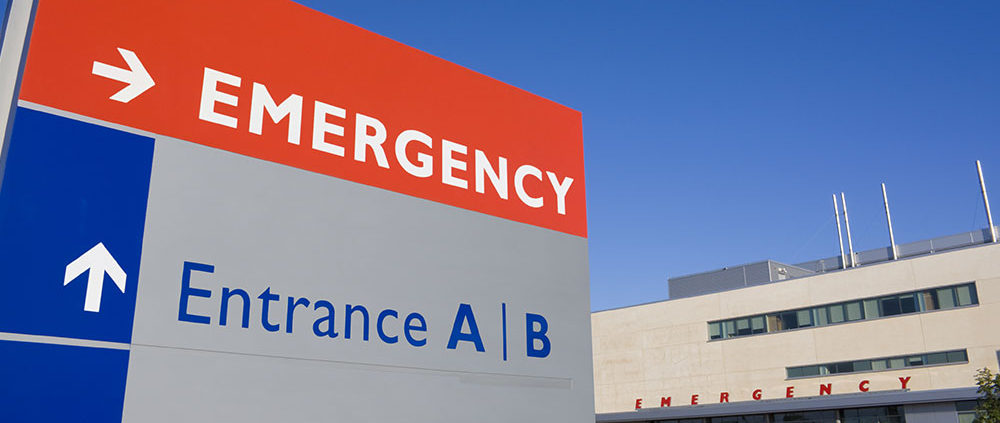Care Shouldn’t Start in the Emergency Room
An emergency room is too often the first choice for medical care, even when alternative care options are available. According to a 2015 survey by the American College of Emergency Physicians (ACEP), 75 percent of ER doctors reported an increase in patient visits since January 2014, with nearly 90 percent reporting either stagnation or worsening in their patients’ conditions. However, this is not an irreversible trend. There are steps healthcare providers can take to reduce the number of emergency room visits and, in turn, lower healthcare costs.
One of the most effective approaches is population health management because it improves patients’ overall health and wellbeing and provides tools so that they can take greater control of their healthcare. The numbers prove population health management is making a difference for US Family Health Plan members. Our beneficiaries under age 65 make 40 percent fewer trips to the emergency room than non-USHFP beneficiaries while spending 50 percent fewer nights in the hospital, according to the consulting firm Milliman. Care for our patients does not start in the emergency room—it starts at home. USFHP members are encouraged and empowered to invest in their own health through wellness initiatives. Programs like health literacy training, flu outreach reminders and weight management and smoking cessation programs help our members get healthy and stay healthy. When they do need medical attention, USFHP members enjoy an integrated care network in which providers share patient information seamlessly.
Another key USFHP approach that helps reduce ER visits is making sure patients have access to care. A 24-hour nurse help line, the use of a primary care manager, the availability of urgent care centers for immediate but non-emergency care, and in-home patient monitoring are quality alternatives to the emergency room. Improved wellness combined with quality, coordinated care results in healthier patients who, in the long term, save money by avoiding hospital visits and receiving less frequent medical attention. They are also proving to remain highly satisfied with their care: nearly 93 percent of USFHP beneficiaries rate their health plan above-average according to the National Committee for Quality Assurance, compared to only 66 percent for similar plans.
We’re glad to see our patients happy and healthy, not in the emergency room.



